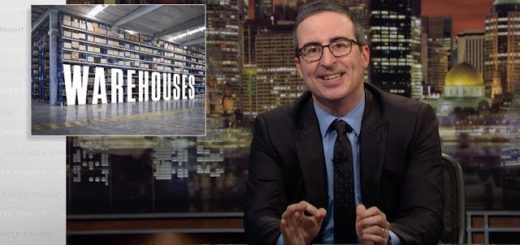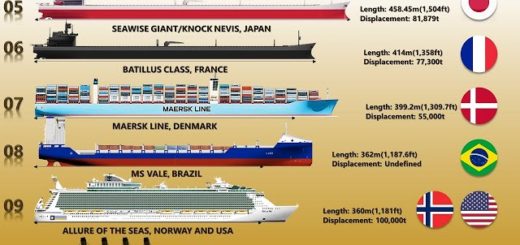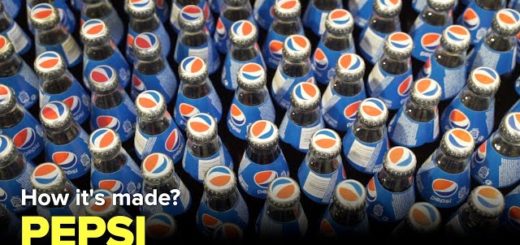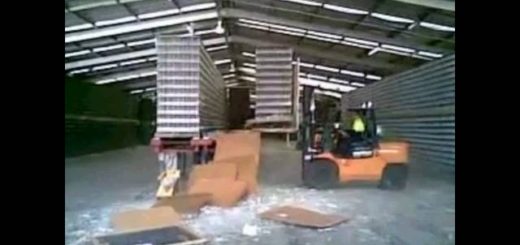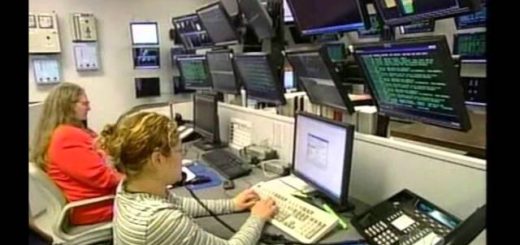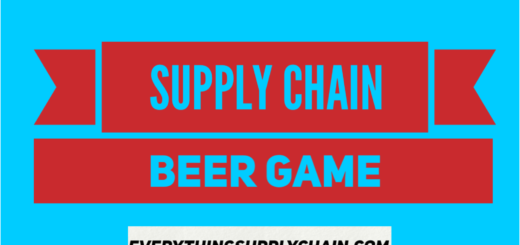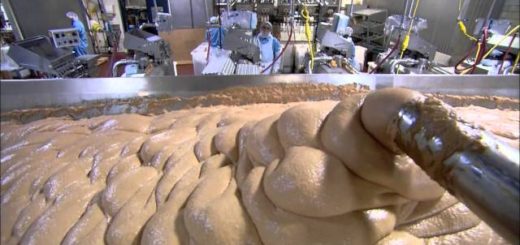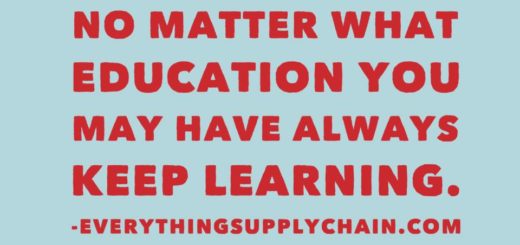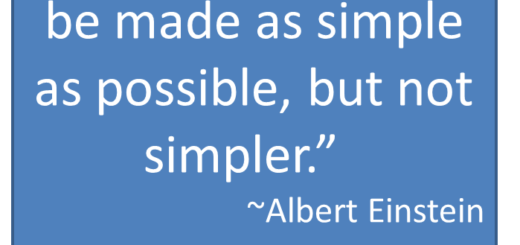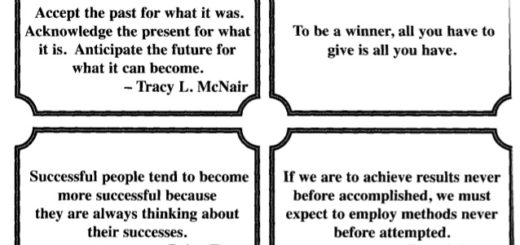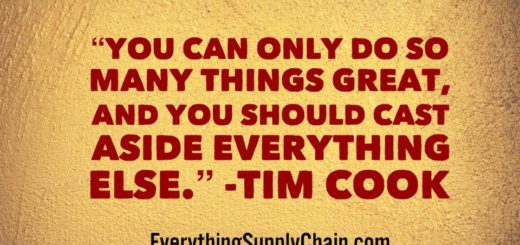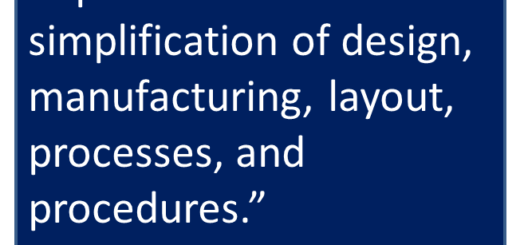Intro to Lean: What are the 7 Wastes of Lean?
7 Wastes of Lean
Learn about some of the major tools used to combat the 7 Wastes of lean, and ways you can overhaul your processes to become more efficient. Delve into Value-Added and Non Value-Added techniques, and how to best reduce motion, transportation, waiting, over-processing, inventory, defects and overproduction.
The 7 wastes of lean manufacturing are a concept developed by Taiichi Ohno, the father of the Toyota Production System, to identify and eliminate inefficiencies in manufacturing processes. The 7 wastes are:
- Overproduction: Producing more than what is needed or producing too early.
- Waiting: Waiting for materials, equipment, or information to arrive.
- Defects: Producing products that do not meet customer requirements.
- Excess Inventory: Holding more inventory than needed.
- Unnecessary motion: Excessive movement of people or equipment.
- Over-processing: Doing more work than necessary to produce the product.
- Unnecessary transportation: Moving materials or products more than necessary.
By identifying and eliminating these wastes, companies can improve their efficiency, reduce costs, and increase productivity. The Lean methodology helps to achieve this by applying a set of tools and techniques to optimize the value stream and eliminate the waste, such as Value Stream Mapping, Kanban, 5S, etc.
- “Make your workplace into showcase that can be understood by everyone at a glance. In terms of quality, it means to make the defects immediately apparent. In terms of quantity, it means that progress or delay, measured against the plan, and is made immediately apparent. When this is done, problems can be discovered immediately, and everyone can initiate improvement plans.” ~ Taiichi Ohno, father of Toyota Production System (TPS)
Lean and SCM videos you may find interesting:
- All About Value Stream Mapping.
- Best Continuous Improvement Quotes.
- Introduction to Lean Manufacturing.
- Kaizen – Japanese Philosophy That Will IMPROVE Your Life
- Lean Kaizen DMAIC Six Sigma.
- SCM Resources by Topic & Supplier.
- SCM Chain Training & Overview.
- Supply Chain and Strategy Key Concepts.
- Supply Chain Training Resources
- Toyota Production System.
- **What is Continuous Improvement? Training Included.
- Why Lean Fails.
- 5s Office to 5s Manufacturing. Lean Production System.

